How To Build The Right 14-Club Set For Your Game
We take a look at how to optimise your maximum club allowance and ensure you have all eventualities covered...
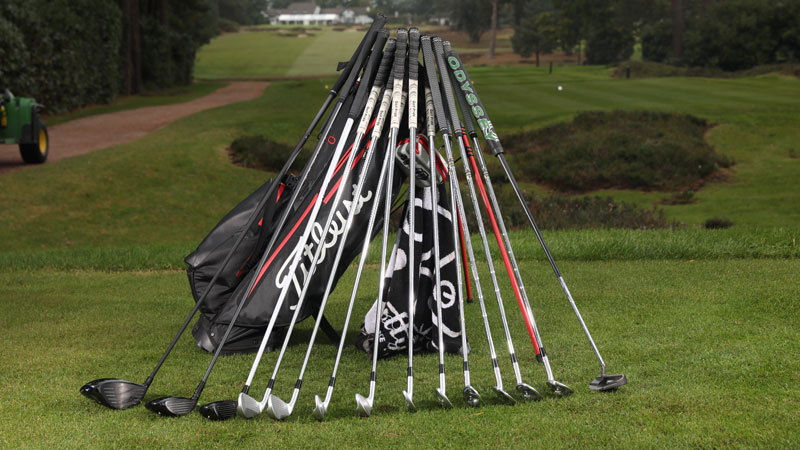

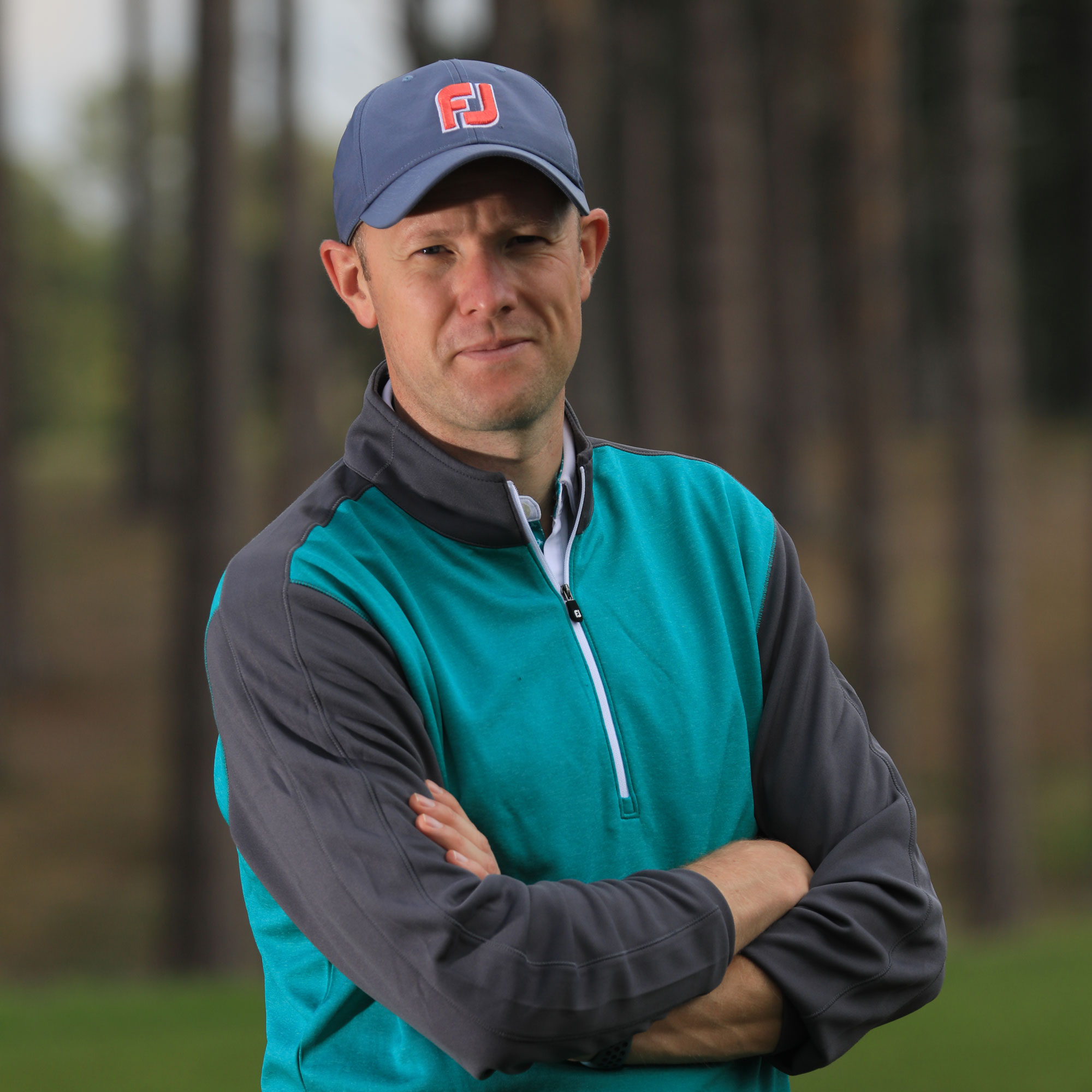
Joe Ferguson
Golf Monthly created this content as part of a paid partnership with Garmin. The contents of this article are entirely independent and solely reflect the editorial opinion of Golf Monthly.
The rules of golf permit us to carry a maximum of 14 clubs in the bag. This is usually comprised of some combination of woods, irons, wedges and a putter. In this article, we examine how to go about building the optimal 14-club set considering factors from course conditions to the shots you like to play around the greens.
Gapping
One of the fundamental rules of creating your full set, is to ensure you have reasonably even distance gaps through the set and have as many different yardages covered as possible.
However, with only 14 clubs to choose from, be prepared that you may need to compromise somewhere - this will likely either be at the top end of the bag with your fairway woods, hybrids and long irons or at the bottom end of your bag with your wedges.
When thinking about the combination of fairway woods, hybrids and long irons to carry - always consider having a second driving option. Ideally, this should be a club (a fairway wood, hybrid or driving iron) that you feel confident hitting off the tee if you're struggling with driver or you encounter a particularly tight tee shot.
Whilst a putter could be deemed essential, the rest of the spots in your bag are totally up to your interpretation of what would benefit your game. Some players find having more options for their longer shots is useful and as such load the top end of their bag with some of the best hybrids, best utility irons or best fairway woods. Others prioritise saving strokes in the short game and add more of the best wedges to cover all yardages and scenarios.
Take an honest look at your game and see if a change of strategy with your set make-up could improve your scoring.
Get the Golf Monthly Newsletter
Subscribe to the Golf Monthly newsletter to stay up to date with all the latest tour news, equipment news, reviews, head-to-heads and buyer’s guides from our team of experienced experts.
Wedge lofts
With distance control being so key to success with wedge play, it makes sense to have even distance gaps at the bottom end of the bag. It is a good idea to check your carry distances (overall distances will depend on variable ground conditions) to see what those gaps are. Some of the best portable launch monitors, that include the Garmin Approach R10, can help you with this.
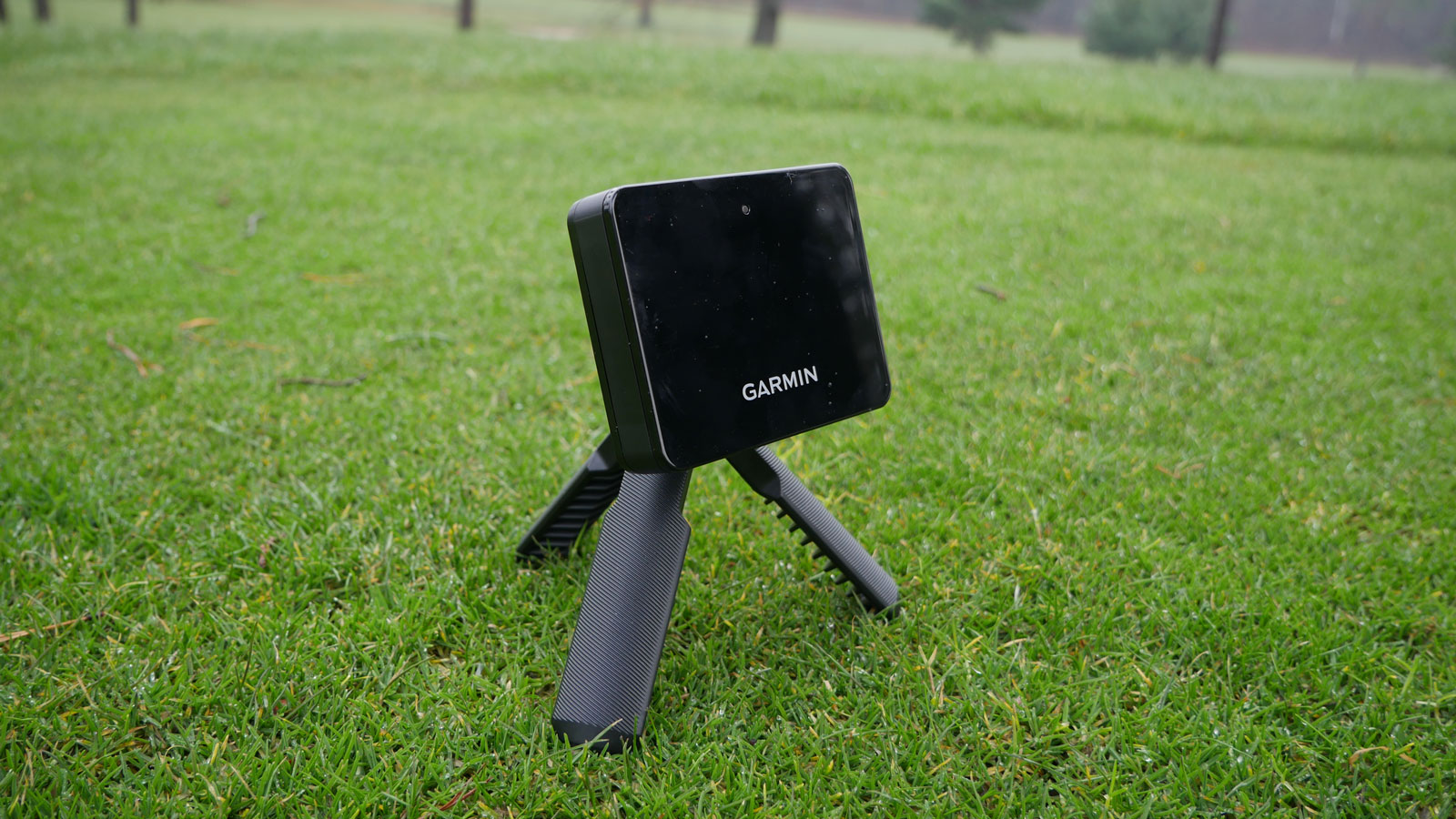
Ideally you would have around 10-15 yards gap between full swing distances in your shorter clubs. If, for instance, there is a gap of 20 yards+ between your pitching wedge and your sand wedge you might want to consider adding a gap wedge to help improve your pitching distance control. Generally speaking, approximately four degree loft gaps at this end of the bag tends to cover most yardage gaps for the majority of players.
Adding a wedge may require you taking another club out of your bag elsewhere. That's why building the right 14 club set is a jigsaw that requires careful thought!
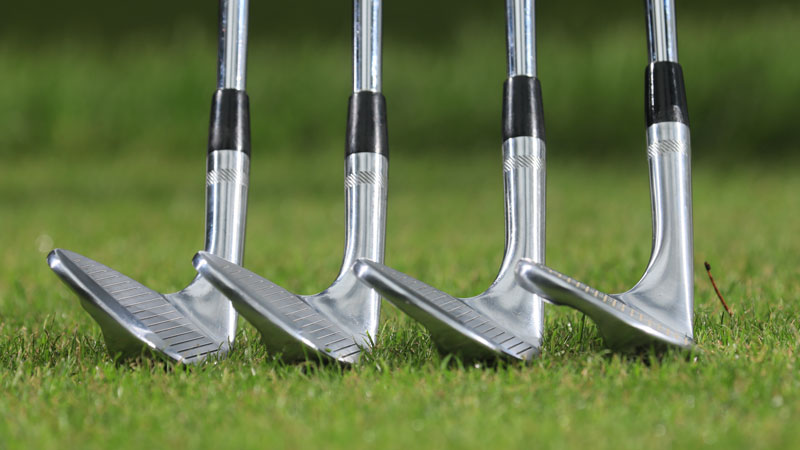
Wedge Bounce & Grind
When it comes to wedges the temptation can be to pick something up in the pro shop, and if you like the feel and look, to buy it. That said, the abundance of options in terms of sole width, bounce angle and grinds can be tricky territory to navigate.
However, a well thought out wedge set up will allow you to hit all the different shots required around the greens. Marrying up the bounce angle and grind with your club could make a big difference to your short game and can even help to flatter a less than perfect technique.
We would always advise getting custom fitted for your wedges under the guidance of an experienced fitter who will factor in not only your technique and the shots you like to play, but also predominant ground conditions.
Driver
Buying a new driver is no small investment and that’s why, once again, it makes sense to get custom fitted. Whilst of course you need to find a model that can optimise your launch angle and spin rate, you also need to think about your own shot pattern. Do you want to try and take a certain miss out of the equation?
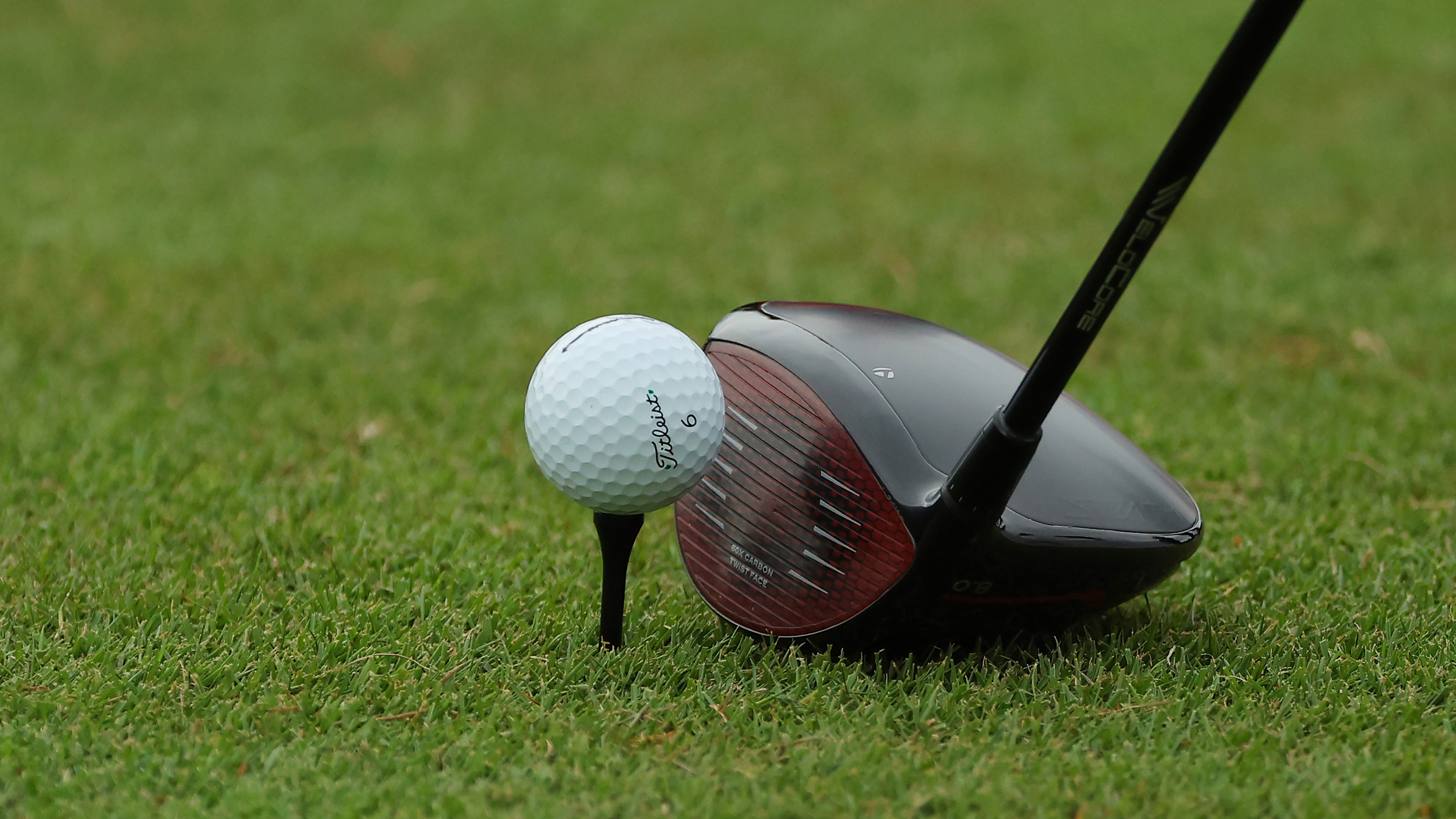
Driver is a key area of the bag to get right.
A good fitter can help find a set up of loft, shaft and head type to do just that but make sure you are clear on what you are looking to achieve - it could make all the difference.
On the day of the fitting you might hit every shot down the middle. That's great for your confidence but in this scenario it is well worth talking through your consistent miss - it can only help to inform the process and improve the outcome! Luckily the best golf drivers have a high level of forgiveness to help improve performance when you make a poor swing.
Course Conditions
This is a key consideration when compiling your golf set; How often do you play at the same golf course? If the answer to this is the vast majority of the time, you should think about the particular and specific challenges of that course when building your bag.
Factors such as rough length, yardage, prevailing wind and green size should all be considered along with numerous other points. For example a hybrid may help you from thick rough whereas a long iron could provide a slightly lower, more controlled ball flight - ideal in the wind.
Does your course require you to hit a lot of shots from 200 yards? Do the majority of holes require the same shot shape off the tee? These are the questions that are well worth asking yourself before making important purchases.
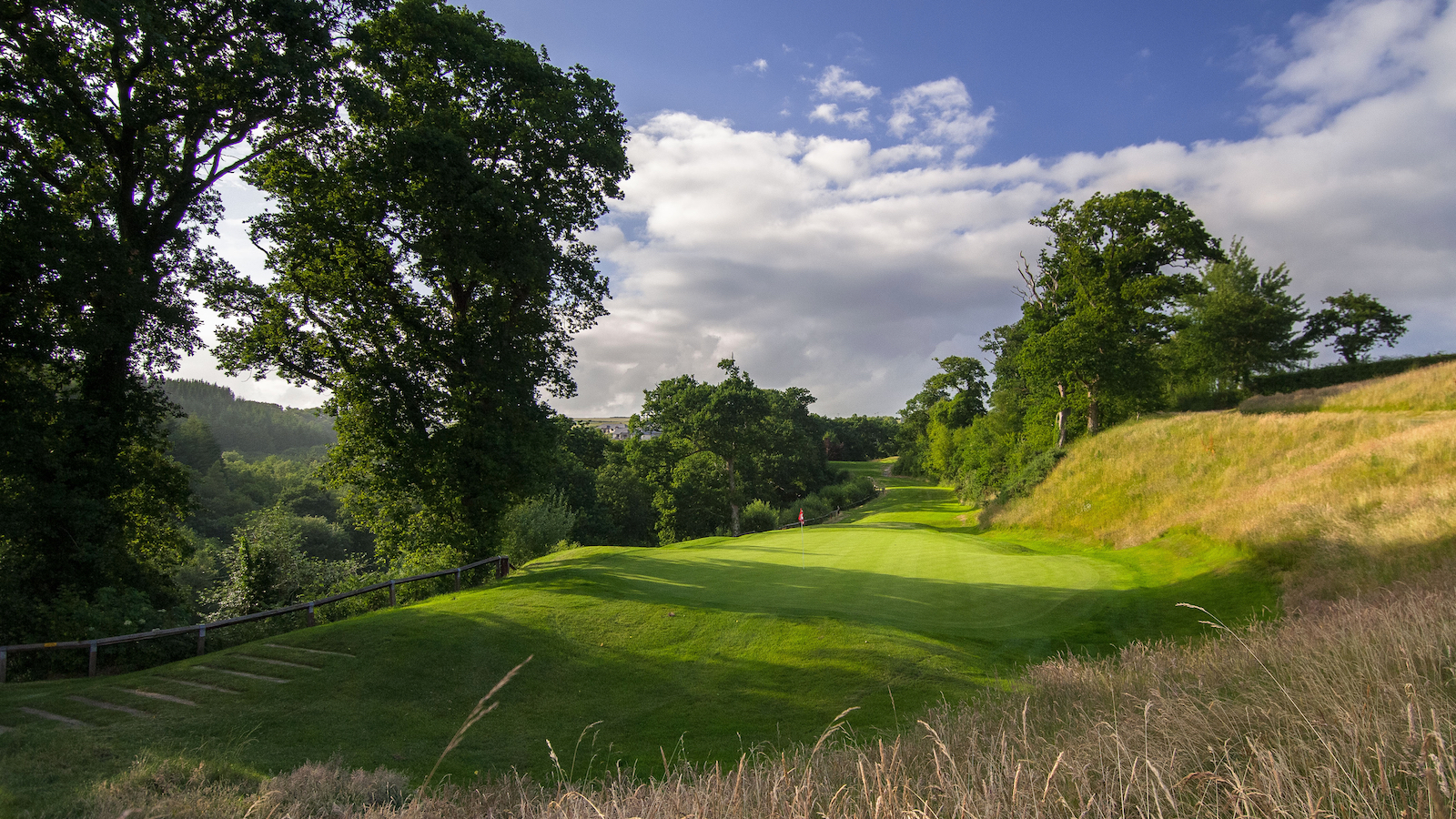
Putter
As with the wedges, a putter can be an impulse buy and as such can lead to some simple mistakes when thinking about how to build the right 14-club set. However, there is a lot to consider here.
Primarily you need to find a model that compliments your stroke. Some players have a strong arc to their stroke while other are more straight-back-and-through. Different head styles are designed to work more optimally with different strokes and marrying the two up is important.
If you like to feel more rotation in your putting stroke, you may find better results with putters with a heavier toe-hang. Conversely, if you like to keep the blade relatively square throughout the stroke a more face-balanced offering may serve you better.
Find a putter you love the look of as well. This will always be the most used club in your bag so it is vital that enjoy your time using it and select the best putter for your visual preference.
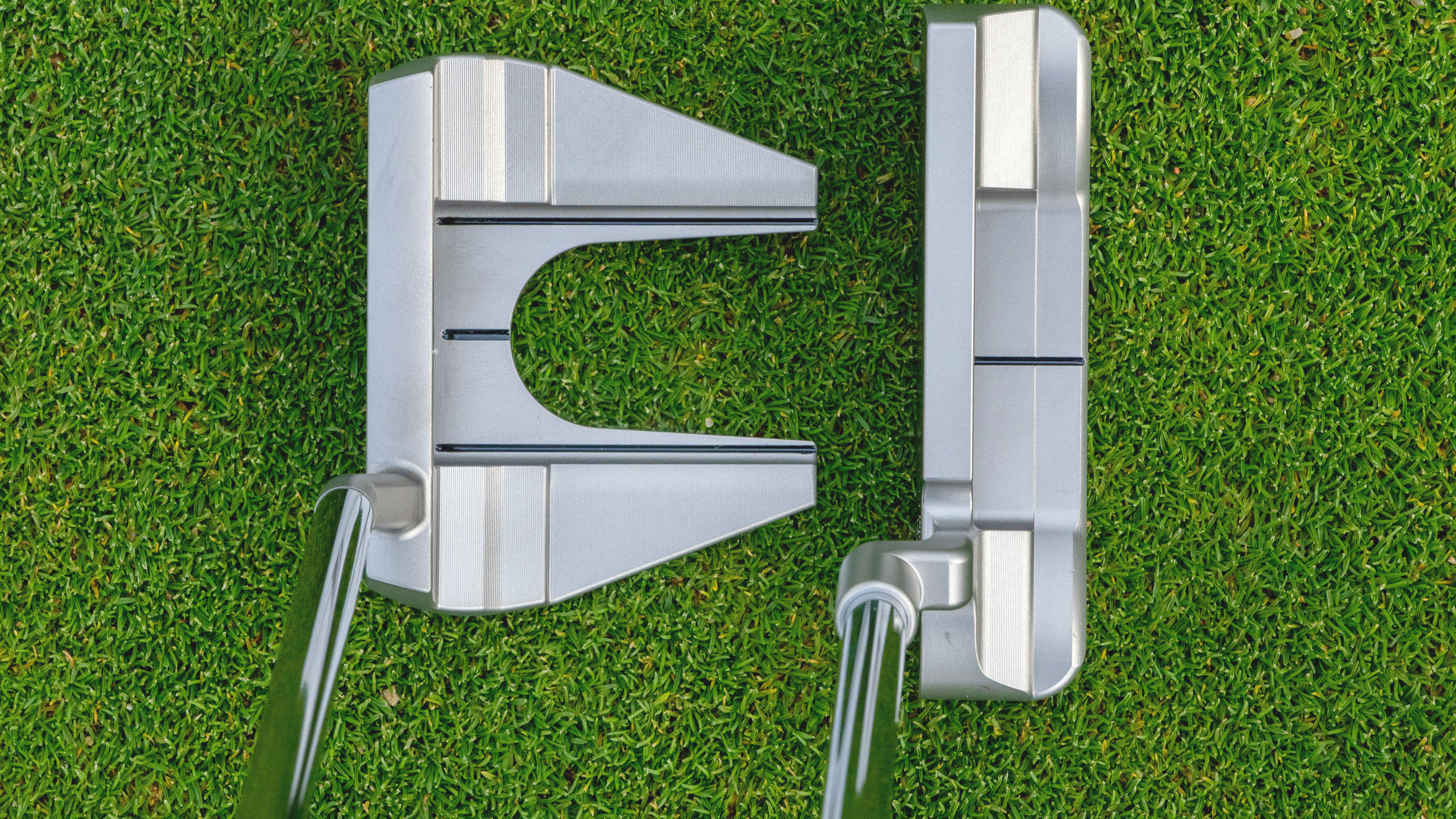
Irons
When it comes to irons there is usually a trade off between distance and forgiveness versus ball flight, control and feel. You will need to work out where on the spectrum between the extremes your perfect iron set lies. Some of the best blade irons may provide exceptional feel and aesthetics but will require much more precise striking than some of the most forgiving irons.
However, one thing to consider is a blended set - something that offers good distance and forgiveness in the long irons and more control in the easier to hit shorter clubs. Many manufacturers now offer this as standard such as Callaway with its 2024 Apex range. Players can even create a three-way combo set between the Apex MB, Apex CB and Apex Pro.
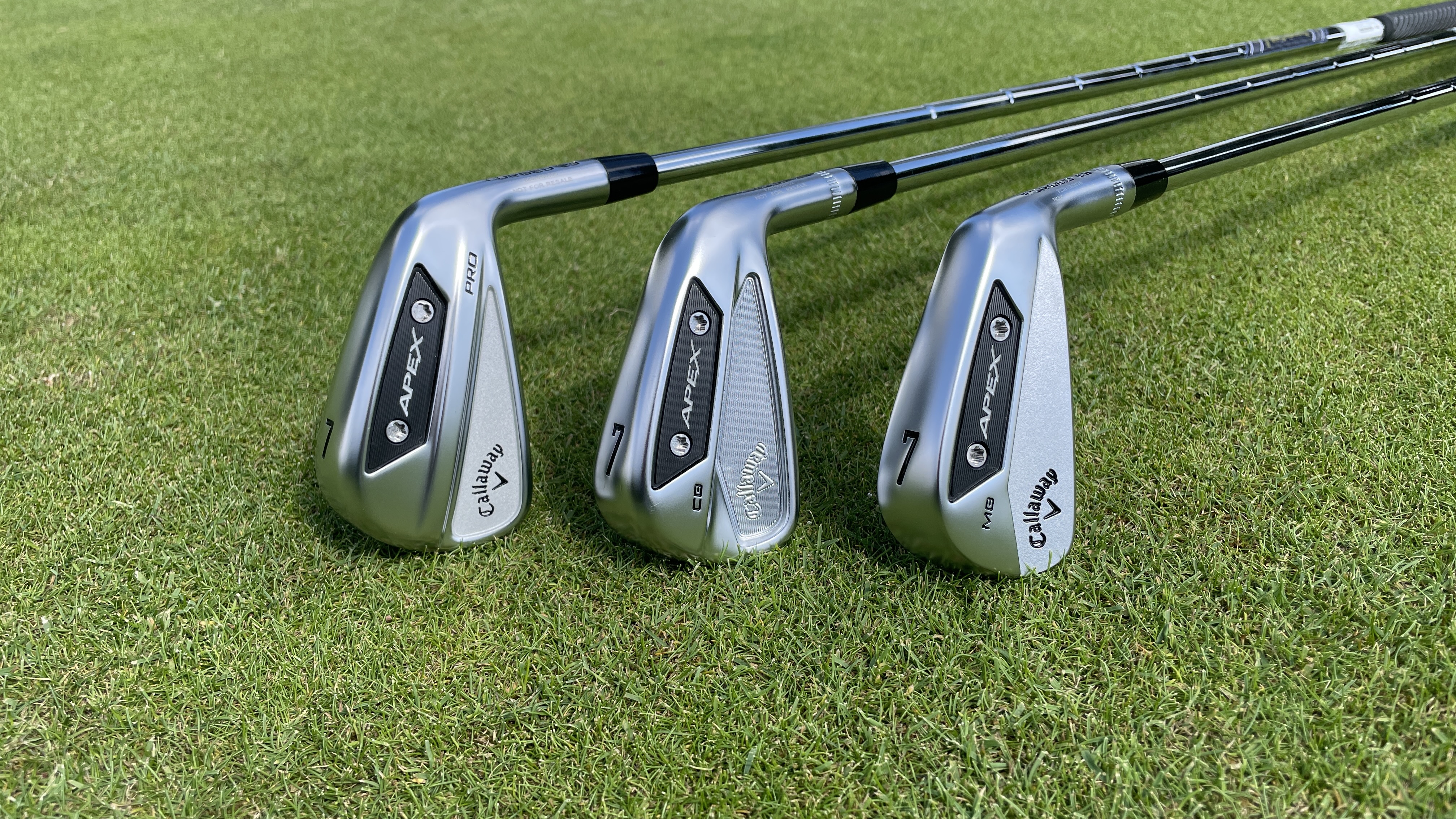
Ultimately, your decision here is all about confidence. You need to find something that when you look down at address you feel able to hit a good shot. As with most of the categories, we would always advise discussing your options with a qualified PGA Professional who will be able to provide sound advice.

In July 2023, Neil became just the 9th editor in Golf Monthly's 112-year history. Originally working with the best coaches in the UK to produce instruction content, he has also presented many Golf Monthly videos looking at all areas of the game from Tour player interviews to the rules of golf.
Throughout his time with the brand he has also covered equipment launches that date back well over a decade. He clearly remembers the launch of the Callaway and Nike square drivers as well as the white TaylorMade driver families, such as the RocketBallz! If you take a look at the Golf Monthly YouTube channel, you'll see his equipment videos dating back over a decade! He has also conducted 'What's In The Bag' interviews with many of the game's best players like Rory McIlroy, Dustin Johnson and Jon Rahm. Over the years, Neil has tested a vast array of products in each category and at drastically different price-points.
Neil is currently playing: Driver: TaylorMade Stealth Plus Fairway Wood: Titleist TSR2 Hybrid: Titleist TS3 Irons: PING Blueprint S (4&5), PING Blueprint T (6-PW) Wedges: Titleist Vokey SM7 50˚, 54˚, 60˚ Putter: Odyssey Triple Track Ten Ball: Titleist Pro V1X
- Joe FergusonStaff Writer
-
 'I’d Probably Disagree With Brandel Chamblee A Lot' - Marc Leishman Says LIV Schedule Helps Players 'Prepare Very Well For The Majors'
'I’d Probably Disagree With Brandel Chamblee A Lot' - Marc Leishman Says LIV Schedule Helps Players 'Prepare Very Well For The Majors'Marc Leishman hit back at LIV Golf critic Brandel Chamblee's accusation that the format hurts players' Major chances - saying it helped him qualify for the US Open
-
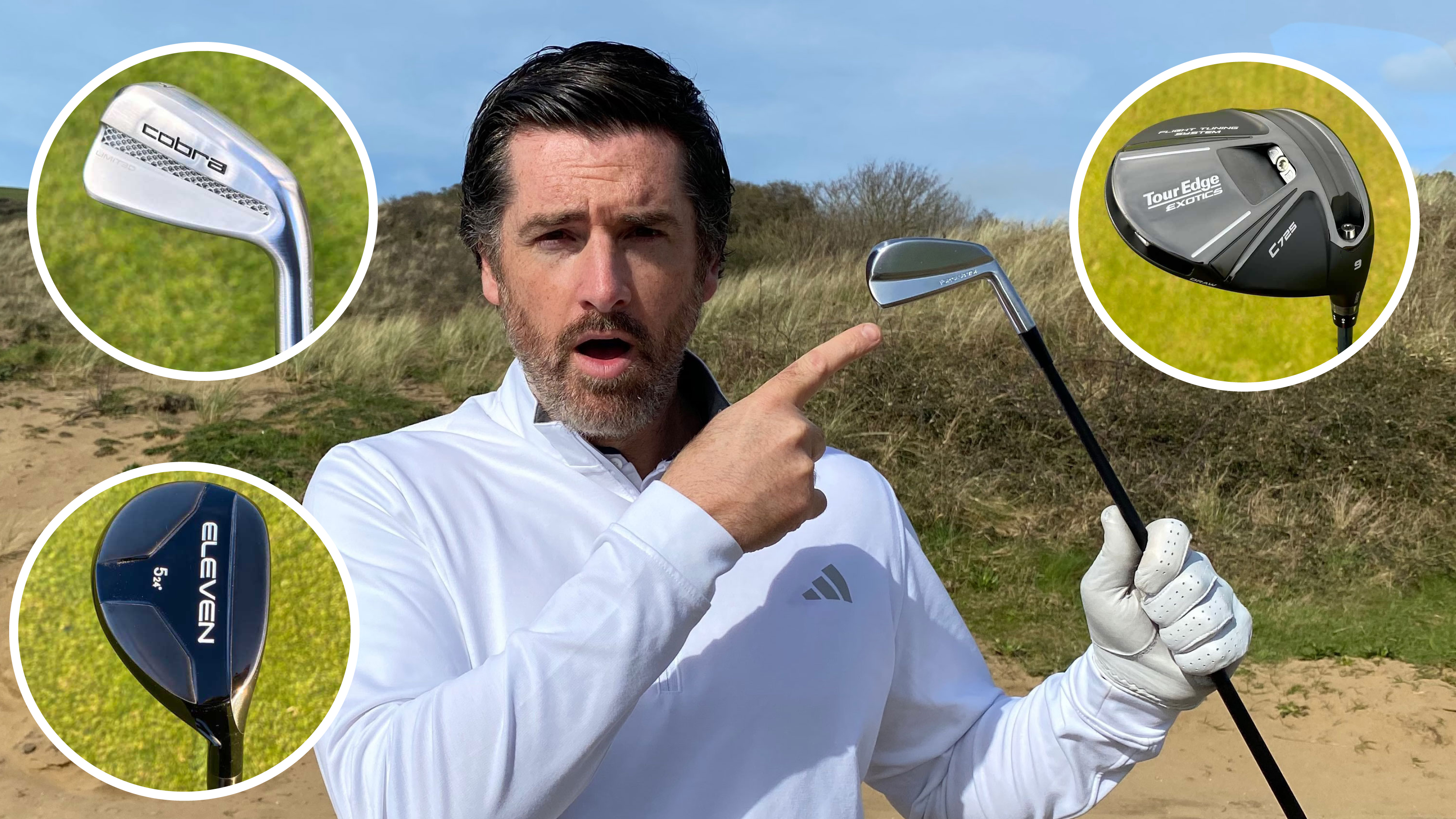 The Ten Best Clubs I Have Ever Tested
The Ten Best Clubs I Have Ever TestedPGA Professional Joe Ferguson counts down the ten favorite golf clubs he has reviewed during his time at Golf Monthly…
-
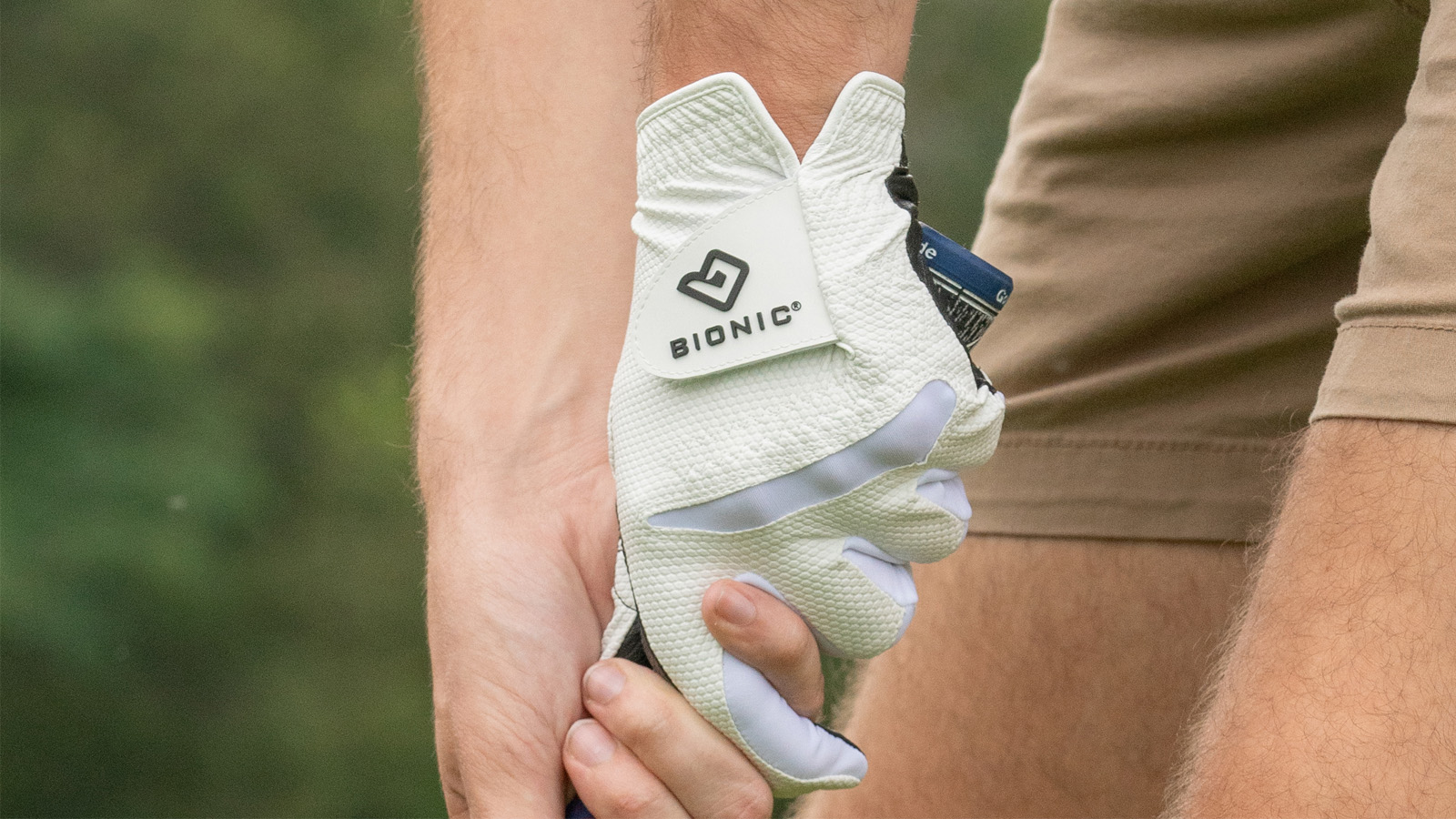 How The Most Technologically Advanced Golf Glove Can Help You Play Better In 2025
How The Most Technologically Advanced Golf Glove Can Help You Play Better In 2025Take your game to new heights this summer with the Bionic RelaxGrip 2.0 DX Golf Glove
-
 Step Up Your Game: Duca del Cosma Unveils Revolutionary SS25 Golf Shoe Collection!
Step Up Your Game: Duca del Cosma Unveils Revolutionary SS25 Golf Shoe Collection!It's time to make an impression on more than just the greens with your footwear this season. Take a look at the Spring/Summer 2025 collection from Duca del Cosma...
-
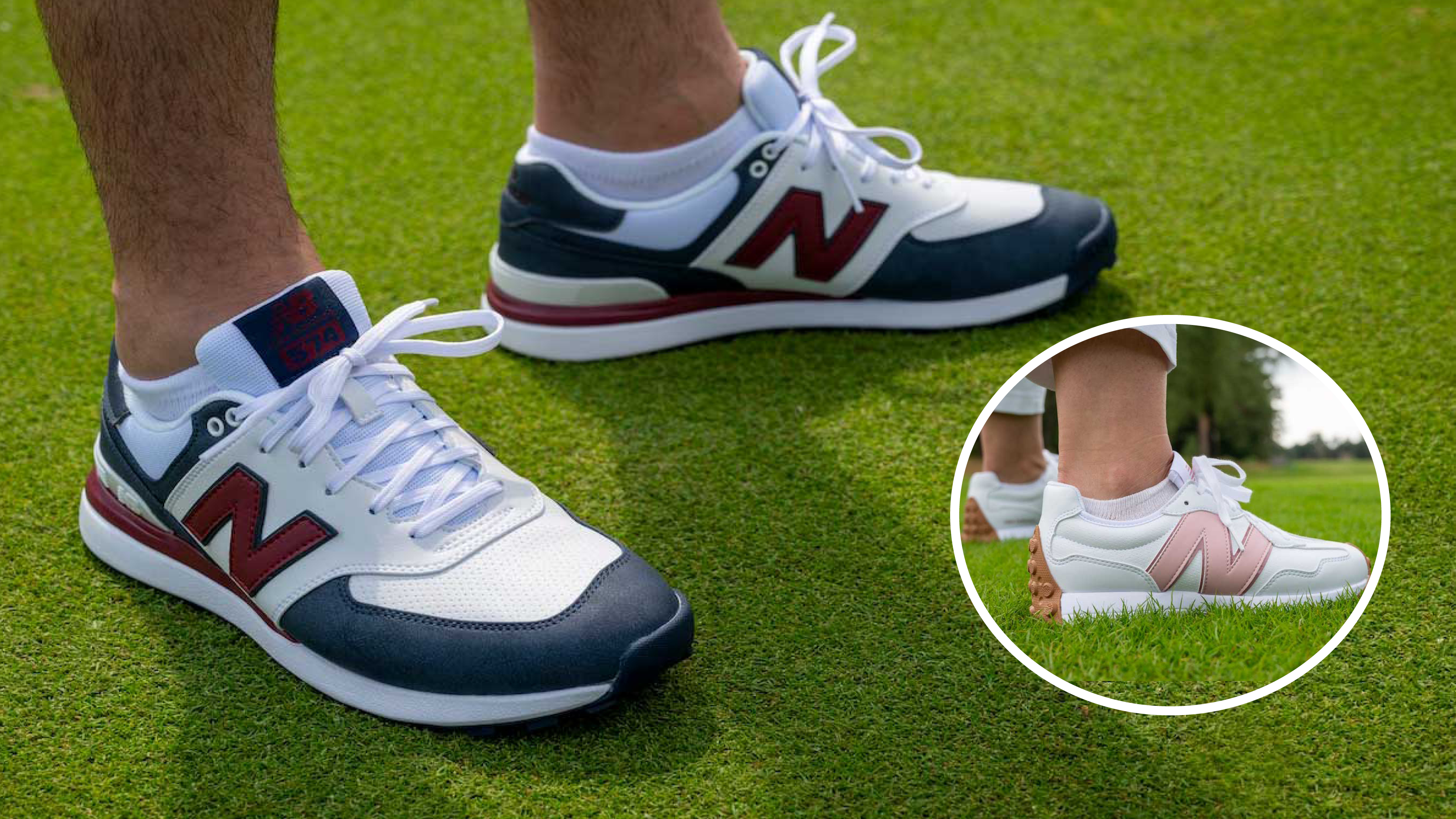 Step Up Your Game: New Balance Golf Unleashes Explosive SS25 Collection
Step Up Your Game: New Balance Golf Unleashes Explosive SS25 CollectionIf you are looking to up your golf shoe game this summer, then look no further, New Balance has you covered...
-
 Which Products Did We Select For Editor's Choice In 2025?
Which Products Did We Select For Editor's Choice In 2025?Our expert equipment team selects the leading 150 golf products on the market this year in their respective categories
-
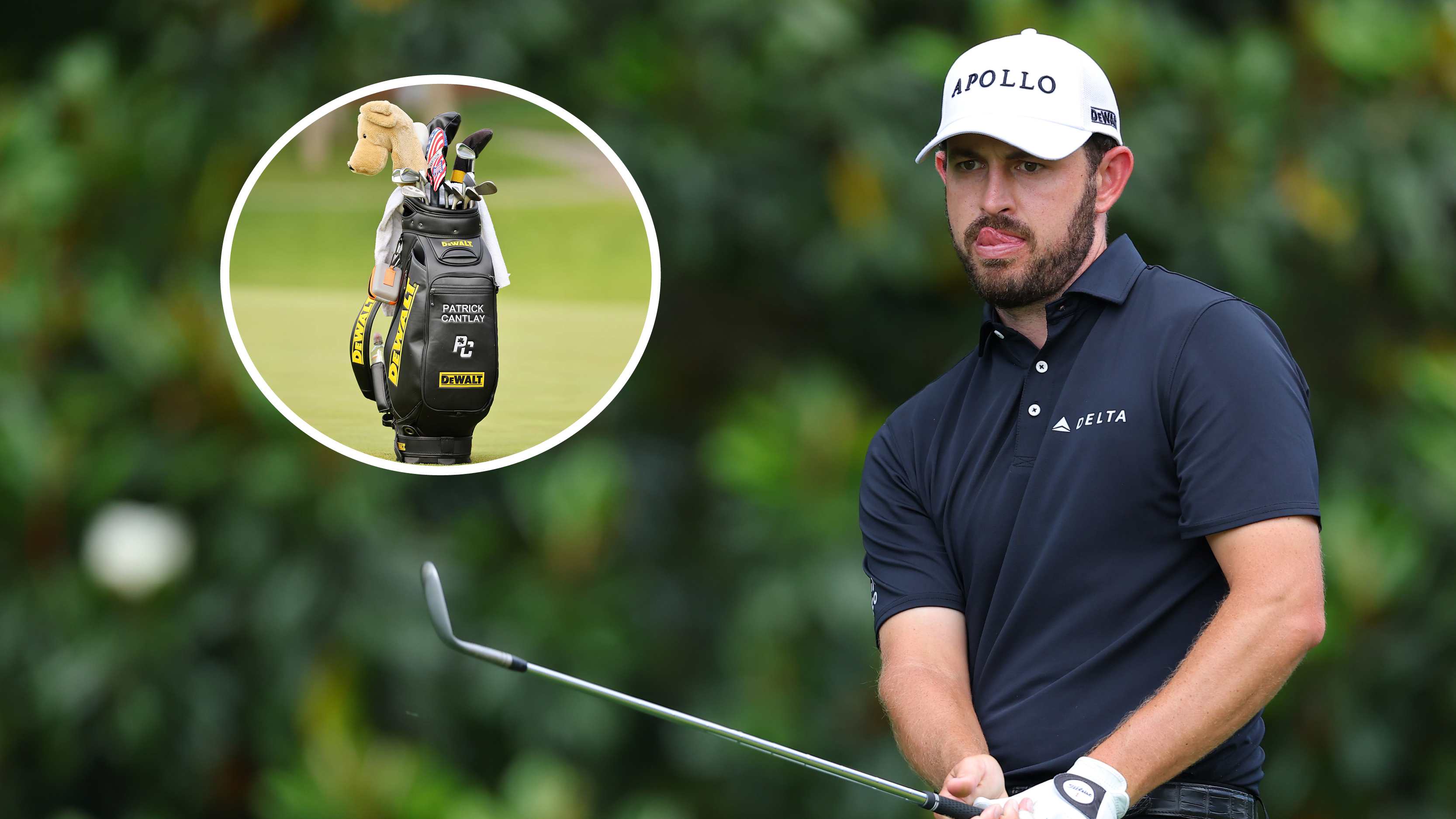 Why Does Patrick Cantlay Have 7 Wedges In His Bag At The PGA Championship?
Why Does Patrick Cantlay Have 7 Wedges In His Bag At The PGA Championship?American Patrick Cantlay was spotted with an incredible squad of wedges in his bag at the PGA Championship on Wednesday. PGA Professional Joe Ferguson has been looking at why that might be...
-
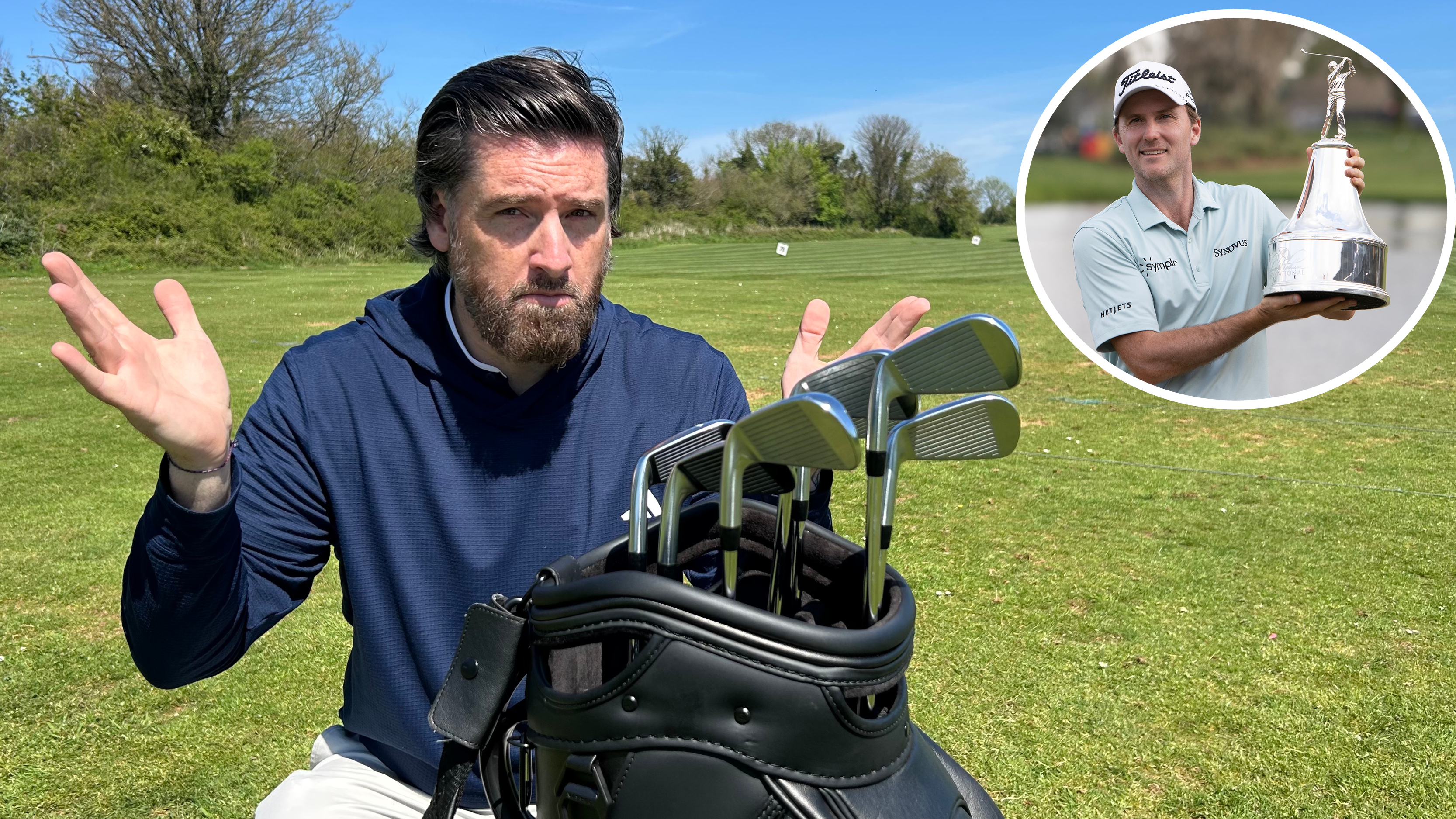 I Tested The 6-Year-Old Set Of Irons That Recently Won $4 Million On The PGA Tour
I Tested The 6-Year-Old Set Of Irons That Recently Won $4 Million On The PGA TourJoe Ferguson wanted to find out why a 6-year-old set of Titleist irons were used earlier this season to pick up a huge cheque on the PGA Tour. The results were extremely interesting...
-
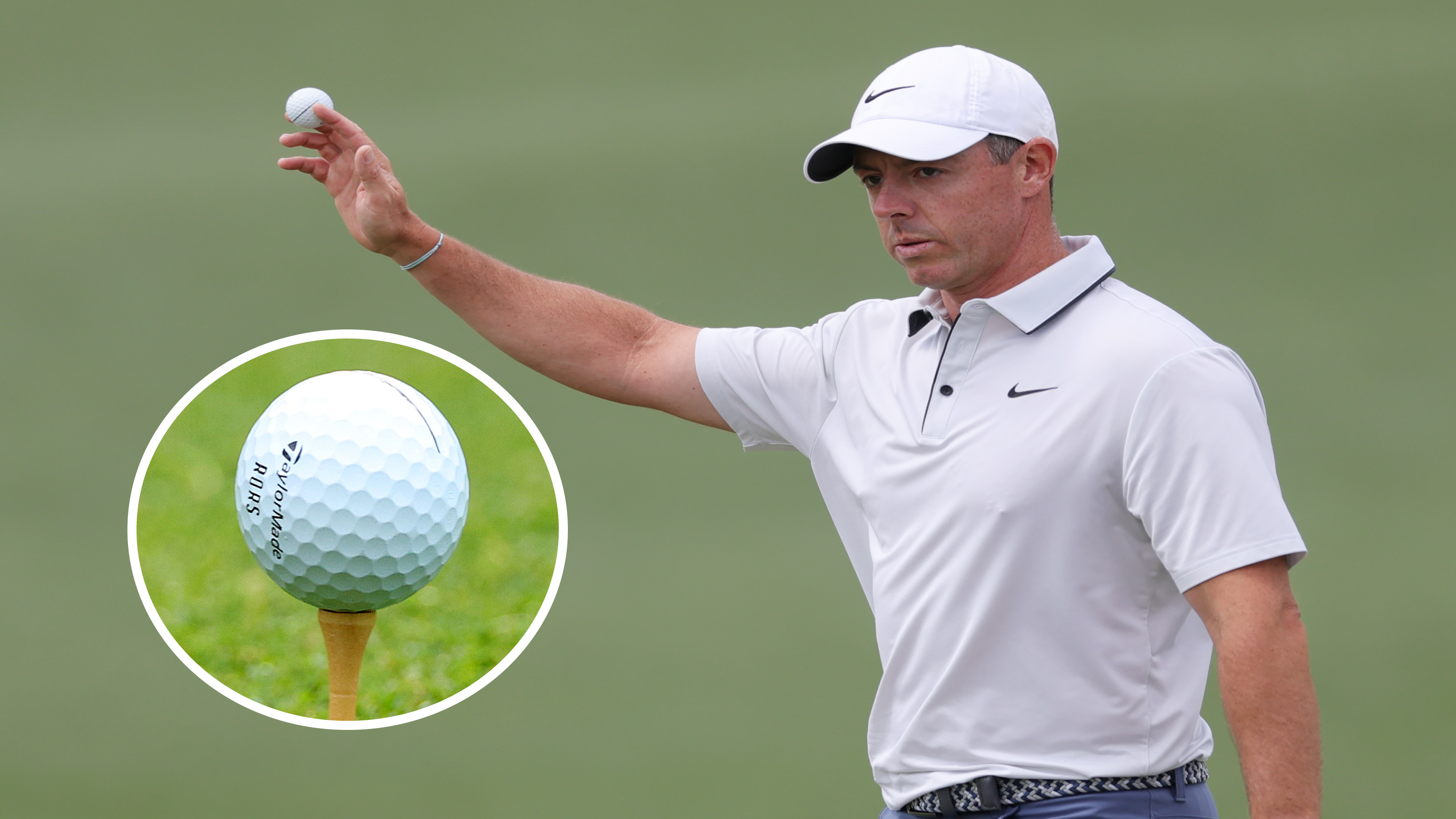 Could This 'Stumbled Upon' Equipment Switch Finally Land Rory McIlroy the Grand Slam?
Could This 'Stumbled Upon' Equipment Switch Finally Land Rory McIlroy the Grand Slam?Rory McIlroy made a golf ball change earlier this season that has reignited his wedge play and it could be about to pay off in the most dramatic possible way…
-
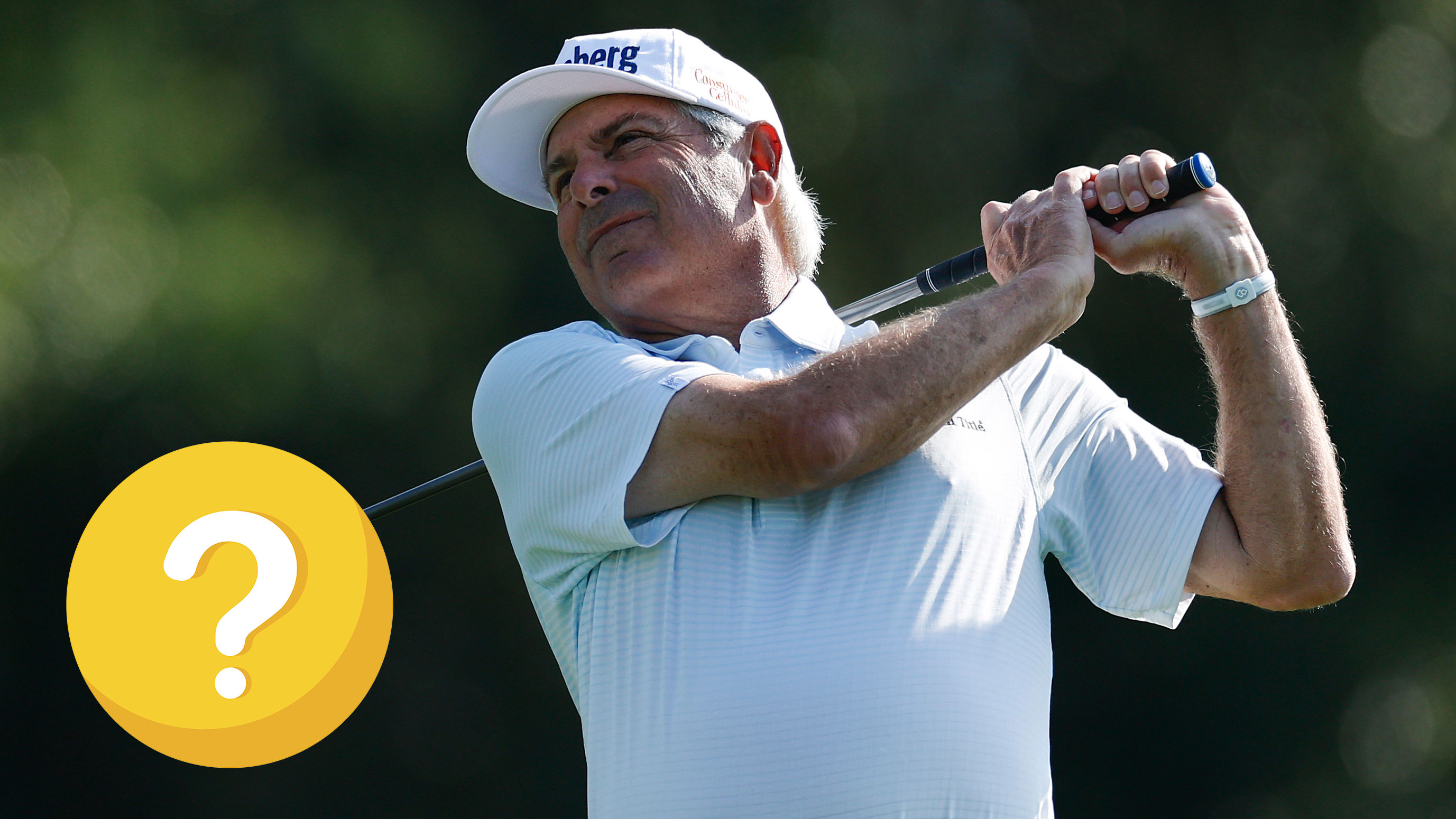 Real Players Use Long Irons, Right? Well, Fred Couples Nearly Made The Cut At The Masters At 65 Years Old, And His Longest Iron Is A…
Real Players Use Long Irons, Right? Well, Fred Couples Nearly Made The Cut At The Masters At 65 Years Old, And His Longest Iron Is A…Both Couples and Bernhard Langer turned back the clock brilliantly over the first two days at Augusta National and did so with some interesting bag setups.